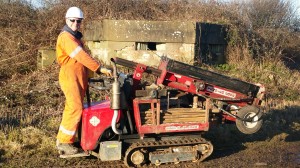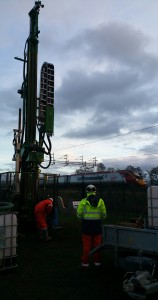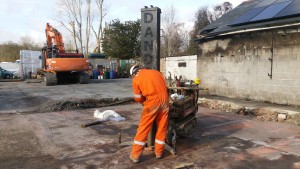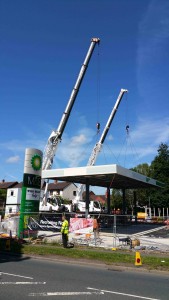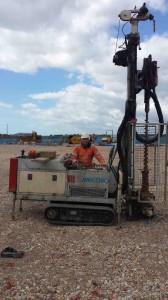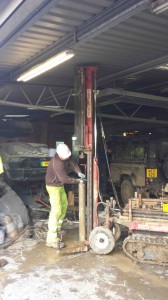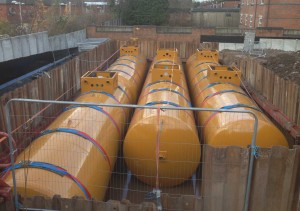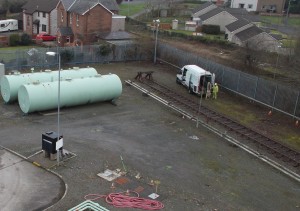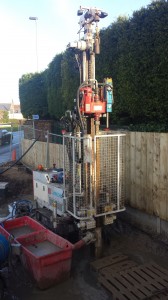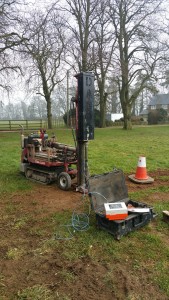
The answer is when it’s not calibrated.
The Standard Penetration Test, or SPT, has been the mainstay of geotechnical site investigations in the UK for decades. The test is simple, quick and cheap and it’s particularly suited to the light cable percussion drill rigs that are so widely used in the UK.
What isn’t generally appreciated is that even a low tech test such as this requires proper calibration in order to yield consistent, reliable results. In fact Eurocode 7 requires the SPT hammer to be calibrated annually. Unfortunately very few drilling contractors bother to do this and, in our experience, few consultants know that they should be asking for it. Given that results from out of spec hammers can vary by as much as 50%, we think this is something that should be given more attention.
We’ve put our money where our mouth is and now all our SPT hammers are correctly calibrated and all our drill rigs come with up to date LEAA inspection certificates. If you’d like to know more about our drilling capabilities please contact Angus Gale – 01296 739433.

